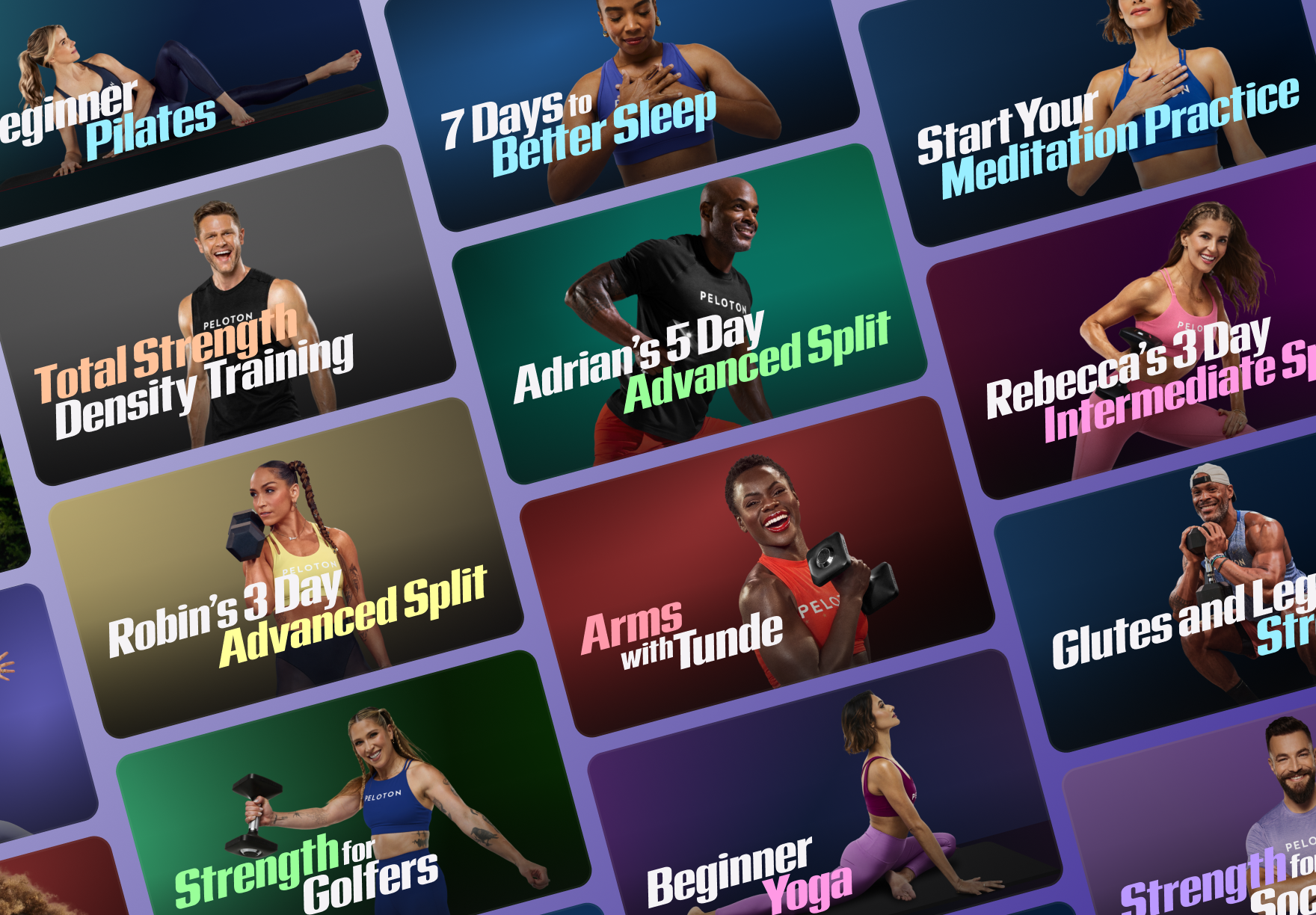
Summer of Sweat
You’ll probably already be sweating this summer—why not add a workout to the mix? However you choose to move, we have tips to help you level up.
What should your next fitness goal be?
Less Pain, All Gain
Getting stronger shouldn’t hurt. Find out how form, fuel, and more might impact your workouts, plus how to progress and avoid injuries.
Take It Easy
Everyone needs a break from time to time. This expert advice will help you make the most of your rest days, so you can bounce back better.

Health
9 Things to Do On a Rest Day to Maximize Your Workout Recovery

Nutrition
How to Replenish Electrolytes—and 6 Signs You May Need To

Mental Health
17 Actually Easy Self-Care Ideas to Nourish Your Body and Mind
LatestArticles
Sculpt
Yoga
Nutrition
Run
Meditation
Peloton Programs Help You Stay On Track and Reach Your Fitness Goals: Here's How
Read the Article
Level up your inbox.
Subscribe for a weekly dose of fitness, plus the latest promos, launches, and events.
By providing your email address, you agree to receive marketing communications from Peloton.
For more about how we use your information, see our Privacy Policy.




















